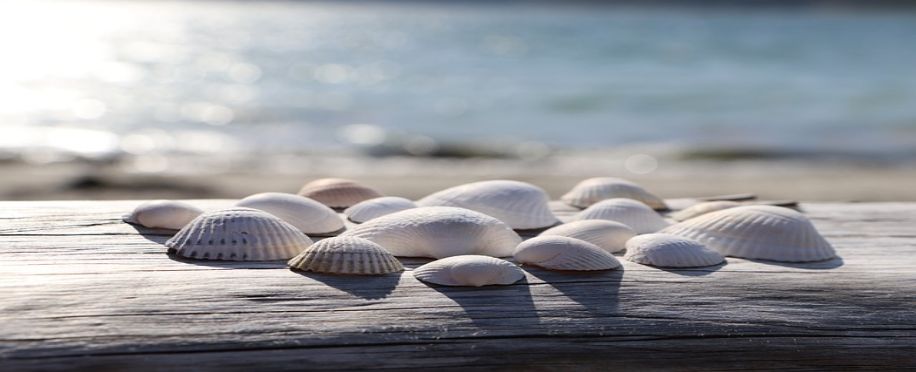Copyright © 2026 lmitac.com All Rights Reserved. Contact - Terms and Conditions - Privacy Policy - Quality Policy - Become an instructor - Vacancies - Sitemap
London Maritime Academy is a trade name for London Premier Groupversion: 2.9.0
London Maritime Academy is a trade name for London Premier Group

Posted on : 7/10/2023, 10:46:29 PM
Last Update : 7/10/2023, 10:56:57 PM
Marine biodiversity conservation combines all the international efforts to protect marine ecosystems and conserve the lives of species in the ocean. It is one of the most significant sustainable development efforts that aim to create a better future for our planet.
This article dives into marine biodiversity conservation and the international effort to save marine life today.
The ocean has a diversity of living organisms that reside in and contribute to marine life, from coastal regions to intense waters; the span of sea creatures provides an incredible array of shapes, sizes, and behaviours.
These organisms are fundamental parts of the biological and ecological environment of the sea, and they can be labelled into three categories:
Plants: Marine life has a diverse range of plants in different habitats like seagrasses, macroalgae (also known as seaweed), mangrove, and salt marsh grasses
Animals: the ocean's fauna span encompasses all kinds of creatures, from tiny plankton to massive whales.
Microorganisms: Planktons, protozoa, bacteria and viruses.
This is one part of marine biodiversity; species diversity. Another form of biodiversity is ecosystem diversity, which refers to marine global habitats and ecosystems, such as coral reefs, seagrass beds, and rocky shores. These habitats provide support for a unique assemblage of species adapted to the specific environmental conditions found there.
Seas and oceans comprise about 70 per cent of the earth's surface, and marine life constitutes 50-80% of its biology. These numbers alone give us a rough idea of the substantial importance of marine biodiversity conservation.
Marine biodiversity has severe effects on our everyday lives. For example, coral reefs provide food and shelter to millions of people worldwide, while other species, such as sharks, are an essential part of our ecosystem.
In addition to that, marine species play an essential role in maintaining healthy oceans through their interactions with one another and their environment. For example, when sea turtles eat jellyfish, they help reduce the number of jellyfish that can cause problems for humans by stinging people at beaches or clogging up power stations when they die due to pollution from plastics in the oceans.
Marine biodiversity conversation is an essential environmental requirement for conserving life underwater. Marine life constitutes various resources for many businesses (fisheries, shipping companies etc).
We've already lost around half of the world's coral reefs due to climate change and other human activities. We need to make sure that what remains is guarded.

We can help conserve marine biodiversity in many different ways:
Supporting good management of marine protection by providing economic support for local communities, businesses and governments.
Reduce carbon footprint by reducing our use of fossil fuels and encouraging renewable energy sources.
Limiting pollution by using fewer plastic bags and bottles, recycling waste properly, using public transport rather than cars and avoiding products containing harmful chemicals or microbeads
Protecting endangered species by creating a policy limiting commercial fishing of some fish species so they have time to reproduce and grow larger populations again.
Investing in sustainable shipping strategies to reduce the shipping industry's impact on marine life.
MPAs (Marine Protected Areas) are areas inside oceans that serve as natural habitats for important species and are preserved from human interference.
For example, the coral triangle was one of the most magnificent locations for marine biodiversity, with parts of Indonesia, the Philippines, Malaysia, Papua New Guinea, Timor-Leste, and the Solomon Islands. This vital area has suffered from overfishing and illegal logging, resulting in the loss of vital marine life-based in the triangle.
This has led to a rise in marine biodiversity conservation efforts as the issue of sustainable living became more highlighted and critical (after all, the coral triangle provided a valuable food source and a tourist attraction site). Eventually, the authorities had to address this issue and declare the coral triangle a marine protected area as part of their marine biodiversity conservation efforts.
Taking preventive action towards a sustainable life should be among everyone's top 10 goals; as the risk of pollution, global warming, and other climate issues keep increasing, there's a dire need today to enhance our efforts to safeguard our surrounding environment, land, forests and sea.
There are many initiatives we can take to create a more biodiverse marine environment; here are a few:
Promote knowledge and education about the nature of ocean life and the impacts of human actions by attending marine environment online courses.
Prevent sea exploitation by supporting sustainable fishing and volunteering to restore coastlines from plastic waste.
Ensure your company's services meet the highest environmental standards by choosing eco-friendly products and services that support sustainable practices.
Although science researchers are working to evaluate the risks that marine biodiversity conservation faces, the actual effect requires innovation and a more committed approach; that's why companies need to learn more and do more to protect marine biodiversity today!